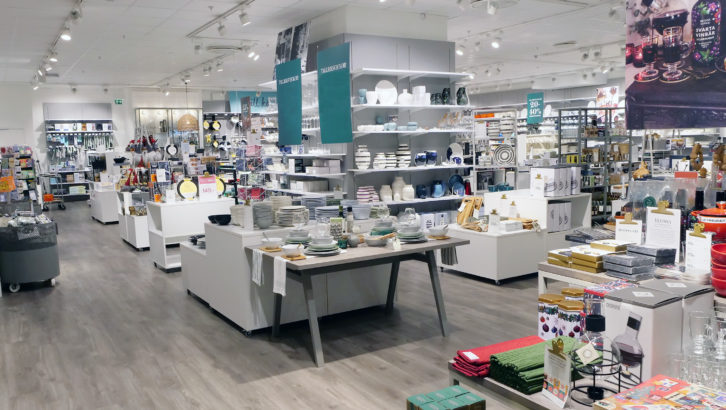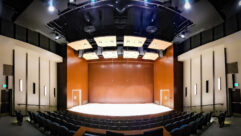
Headquartered in Stockholm, Sweden, Music in Brands provides customized background music services to fashion retailers, physical fitness facilities, restaurants and bars, and healthcare clinics. The job, in essence, is to answer the question, “What does a particular brand sound like?” \
KICKS, a Swedish cosmetics retailer, is among the company’s clients, as is sportswear and equipment retailer Intersport.
Music in Brands long favored store-and-forward architectures to optimize bandwidth over congested retail and business networks. Over the course of the past year, Music in Brands has accelerated away from these systems and toward live streaming, due to improved network conditions and advances in IP and cloud technologies to facilitate music delivery. The “sonic branding” specialist is now relying in key technologies from Barix, Loud in Sweden, and RCS to bring an in-store audio vision to life for his customers.
Anders Ekstrom, owner of Brands in Music, has recently overseen the deployment of roughly 500 Barix RetailPlayer systems at customer locations. RetailPlayer is promoted as a seamlessly scalable audio over IP streaming solution made up of one piece of hardware (the playout device itself, located at each customer site), and a cloud-based portal (which serves as home to customized streams). The playout devices were designed with ruggedness and security at top of mind, while the RetailPlayer portal gives users centralized configuration, management, and monitoring, as well as stream switching– –,all through a web browser or mobile device.
The design also takes IoT into consideration, especially when it comes to security. While some organizations may authorize local users to change streaming channels, for example, that same user does not have control of the hardware endpoint. Instead, local user commands are transmitted to the central server, which then connects to the local device. At the same time, local end users benefit from user-friendly QR code-based smartphone control, eliminating the need for time-consuming software or app setup to gain access to streams.
Ekström notes that streaming solutions for background music enable users and companies like Music in Brands to collect meaningful data that can be applied to further shape and improve sonic branding.
“With streaming, we know exactly what song has been played at what time and we can schedule messaging,” Ekström explains. He says that streaming also offers an easy way to evolve the auditory environment in a given space throughout the day; for example, the morning mix in a fashion retailer may differ considerably from what is played during the afternoon. “Streaming is better for creating different energy levels with music, and it also offers better sound and mixing quality.”










